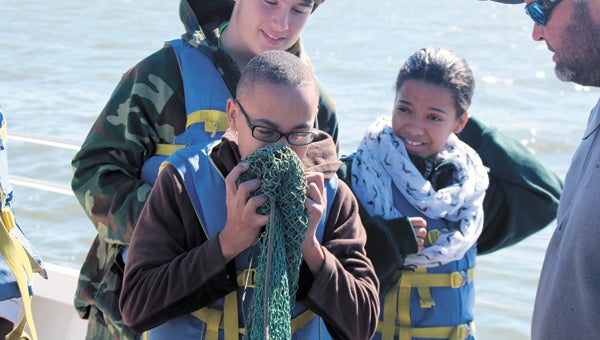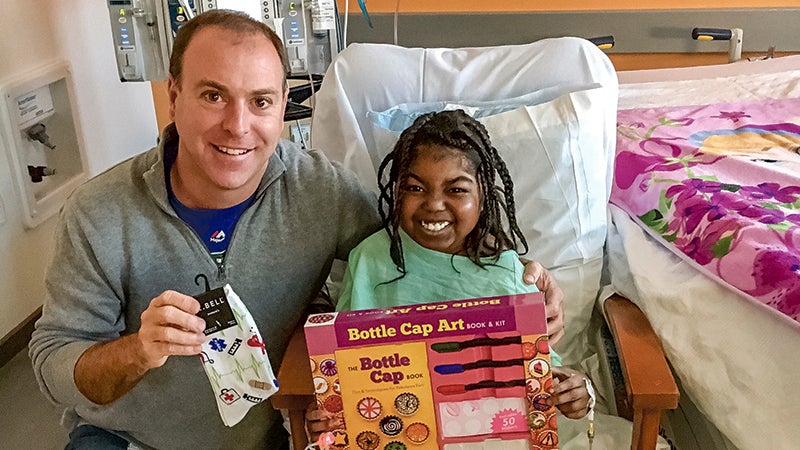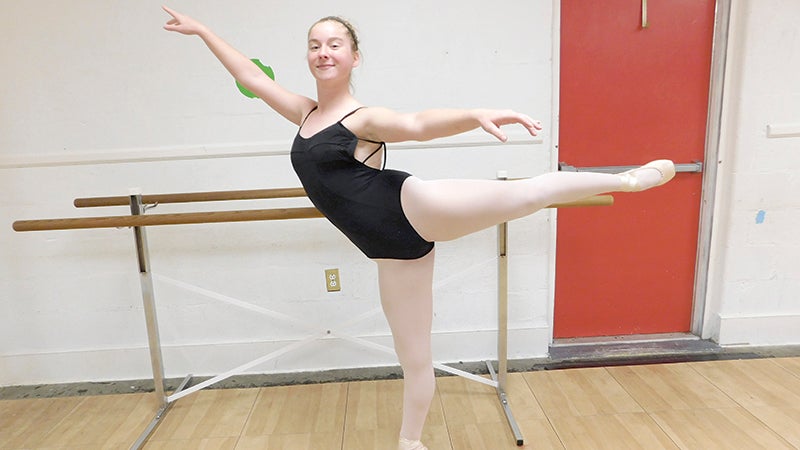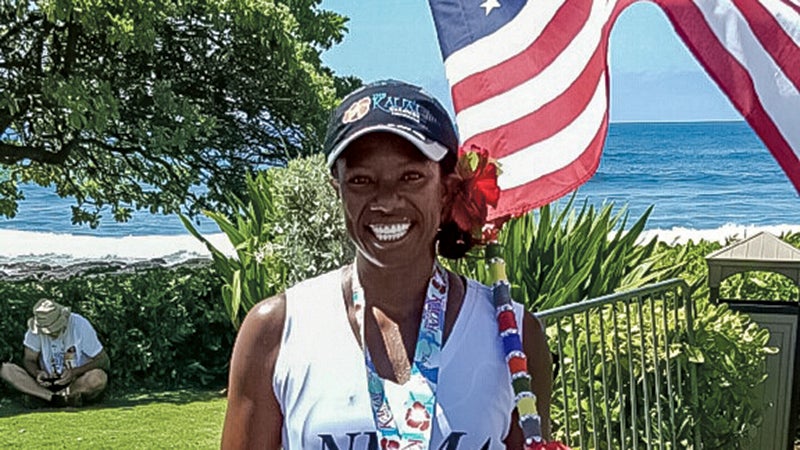Learning on the creek
Published 11:59 pm Friday, October 25, 2013

Donye Savage “blesses the net,” before it is dropped into Chuckatuck Creek, and not for the first time in its life, to haul up some critters living in it. “It was really exciting, but it was salty,” he said.
Seventh-graders from city schools have been learning that a couple of hours on Chuckatuck Creek offer a wealth of knowledge much harder to come by in the classroom.
Setting out from the village of Eclipse, the Nansemond River Preservation Alliance organized the two-hour voyages as part of the Nansemond Watershed Initiative.
It’s all about “connecting the classroom to the environment,” said Elizabeth Taraski, the group’s executive director.
Conditions were prime when King’s Fork Middle School students climbed aboard the “Bea Hayman Clark” — a Chesapeake Bay Foundation boat — an hour before noon Friday.
They set out after an earlier group from Forest Glen Middle School disembarked.
“It was a great experience doing something I never did before,” said Saleena Lynch, a slight wobble in her gait as she sought her land-legs. “I just see the ocean, (but) now I know what’s in it and will really respect it more.”
Providing educational commentary were the foundation’s Yancey Powell and Jimmy Sollner. Taraski said the pair were given details on the area’s history, and traveling through the ancestral waters of the Nansemond Indians, past the site of the Civil War battle between the USS Monitor and CSS Virginia, brought it all to life.
Powell explained that more than 200 oyster boats plied the creek by 1900. “Today we have two boats,” he said. “It’s kind of different.”
Back then — in the days before the city of Suffolk and Nansemond County merged — folk in today’s North Suffolk water villages were actually in the county, Powell said.
Being about 30 miles from downtown Suffolk, but 10 miles from Newport News and 20 miles to Norfolk, they were better connected to the latter two cities, he said.
According to Powell, the foundation has “16 or 17” different education programs, incorporating boats like the “Bea Hayman Clark,” canoe rigs, and four residential centers.
A hands-on science class followed up the local history lesson. Students grabbed a rope and attached to a net and hauled up blue crabs, flounder, shrimp, croaker and other critters.
But before that, several were invited up to “bless the net” by kissing it, before it was dropped into the water.
Powell walked students through some of the unique characteristics of each of the aquatic animals, as well as traits tying them together as creatures of the Chesapeake Bay.
For instance, students learned that watermen know female blue crabs — the smaller ones, with “red nail polish” on their nippers — as sooks, while the larger male ones are Jimmies.
Sollner, who captained the boat, expounded on the miracle of the mollusk — how oysters filter the bay, how watermen in Virginia and Maryland waged “oyster wars” as they contested prime fishing grounds.
Even how, if one digs deep enough, most of the area’s major roadways are formed with oyster shells. (Rather than the meat, they used to be fished for the shells as road base, he said, adding, “We actually mined the shell out of the bay.”)
Pretty much since the Nansemond spied on the horizon three ships bringing European colonists, we’ve been ridding the bay of many of the natural elements that protect it, Sollner explained.
“For 100 years we have been destroying our trees, we have been backfilling marsh; and oysters, their main job is what?” he said.
The hope was that the kids would step back onto dry land with a new understanding of — and connection with — their home turf.
“I’m hoping they will come away with that real-life experience of this is where they live,” said Tracie Felgentreu, a fellow King’s Fork Middle teacher on the field trip with Richard Saunders.
“As a teacher, I wish this was my classroom, because they learn so much more when they can see it and feel it in its environment.”
Alliance members, the Hampton Roads Community Foundation, the Community Action Coalition of Virginia and the Chesapeake Bay Restoration Fund support the Nansemond Watershed Initiative, Taraski said.
About 300 students went out on the boat this past week, she said, and students have also learned about marshlands during an interactive program at Bennett’s Creek Park.
“It gives the students a sense of place, so they understand more about the Suffolk waterways, rather than just seeing an image,” she said.
“They see how it flows into the James River, then into the Chesapeake Bay, then, eventually, into the ocean.”





